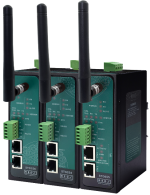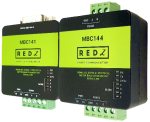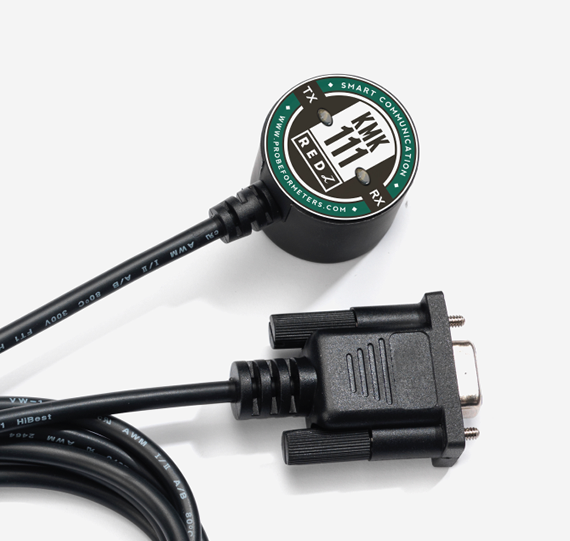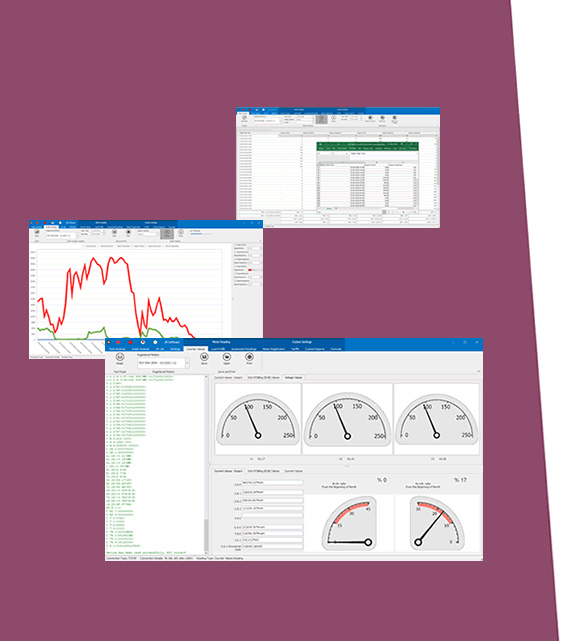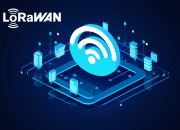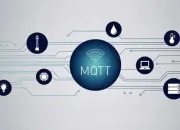1.Introduction
In the world of the Internet of Things (IoT), reliable and efficient communication technologies are essential for connecting devices and transmitting data. Among these technologies, LoRa and LoRaWAN are two terms that often come up, but they are not interchangeable. Though related, they serve different purposes in the IoT ecosystem. In this text, we will clarify the distinction between LoRa and LoRaWAN, explaining how they work together and what sets them apart.
2. What is LoRa?
LoRa stands for Long Range and is a proprietary wireless modulation technique developed by Semtech. Essentially, LoRa is the physical layer, or the hardware, that allows long-range communication between devices. Here’s what you need to know about LoRa:
- Modulation Technique: LoRa is based on Chirp Spread Spectrum (CSS) modulation, which allows it to transmit data over long distances (up to 10 km or more in rural areas) with minimal power consumption.
- Low Power: One of the key features of LoRa is its low power consumption, making it ideal for battery-powered devices that need to operate for years without frequent replacements.
- Long Range: As the name suggests, LoRa can communicate over long distances, significantly further than traditional wireless technologies like Wi-Fi or Bluetooth.
- Limited Data Rate: While LoRa excels in long-distance communication, it supports relatively low data rates. This makes it suitable for small data packets, typical in sensor and telemetry applications.
In summary: LoRa is a physical communication layer that defines how data is transmitted between devices using low power and long-range signals. However, it doesn’t handle things like device management or network coordination.
3. What is LoRaWAN?
LoRaWAN stands for Long Range Wide Area Network. It is a communication protocol and network architecture built on top of LoRa technology. While LoRa is responsible for the physical layer, LoRaWAN operates at the media access control (MAC) level, defining how devices communicate with gateways and how data is sent and received within a network. Here are the key characteristics of LoRaWAN:
- Network Protocol: LoRaWAN provides the rules and procedures for communication between end devices (like sensors) and the network servers. It organizes how data is transmitted, received, and managed across the network.
- Scalability: LoRaWAN networks can support thousands of devices, making it highly scalable. It manages network traffic, device synchronization, and data routing, ensuring seamless communication across a vast number of devices.
- Low Power Wide Area Network (LPWAN): LoRaWAN is designed as a LPWAN protocol, meaning it can handle small data packets, sent infrequently, over a large area. This makes it suitable for IoT applications where devices need to send small amounts of data over long distances while maintaining low power consumption.
- Security: LoRaWAN offers end-to-end encryption for data, ensuring secure communication between devices and network servers. It uses AES encryption standards to protect data integrity and privacy.
In summary: LoRaWAN is the network protocol that coordinates communication within a LoRa-based network. It handles device management, data encryption, and network operations, ensuring a scalable and secure environment for IoT deployments.
4. Key Differences Between LoRa and LoRaWAN
| Feature | LoRa | LoRaWAN |
| Type | Physical layer (modulation technique) | Communication protocol and network layer |
| Function | Handles how data is transmitted | Manages network communication and coordination |
| Range | Long-range communication | Depends on LoRa technology for long range |
| Power | Low power consumption | Designed for low-power devices |
| Data Rate | Limited, suited for small data packets | Supports various data rates depending on the use case |
| Scalability | Not designed to manage multiple devices | Can support thousands of devices in a network |
| Security | No encryption at the modulation layer | Provides end-to-end encryption (AES) |
5. How Do They Work Together?
LoRa and LoRaWAN work in tandem to create a complete IoT communication solution:
- LoRa is responsible for the physical transmission of data between devices and gateways. It uses its unique modulation to enable long-distance and low-power communication.
- LoRaWAN builds on top of this, defining how data packets are managed, routed, and secured. It organizes communication across the network, enabling efficient and scalable data transmission.
For example, in a smart city, sensors placed around the city can use LoRa to transmit data about air quality, temperature, or traffic conditions. LoRaWAN, on the other hand, manages how all these sensors connect to gateways and how the data is transmitted to a central server for processing.
6. Applications of LoRa and LoRaWAN
LoRa and LoRaWAN are widely used in various IoT applications, including:
-Smart Cities: Monitoring traffic, parking, street lighting, and environmental data.
-Agriculture: Soil moisture sensors, weather monitoring, and livestock tracking.
-Industrial IoT: Asset tracking, predictive maintenance, and remote monitoring.
- Smart Homes: Water leak detection, smart meters, and security systems.
7.Conclusion
While often mentioned together, LoRa and LoRaWAN serve different roles in the IoT ecosystem. LoRa is the underlying technology that enables long-range, low-power communication, whereas LoRaWAN is the network protocol that organizes and manages how data is transmitted across devices. Together, they offer a powerful solution for creating scalable, efficient, and secure IoT networks, opening up opportunities for innovation across industries. Understanding their differences is key to leveraging their full potential in IoT projects.



